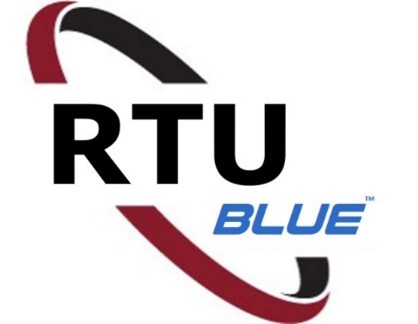RTUBlue™ is a free cell phone application available for iPhones (App Store) or Android (Play Store) download. The App allows a User to communicate locally with the GasTrack or GasPoint RTU’s locally, within a distance of up to 100 feet.
Features include the ability to view RTU sensor readings such as pressure, flow, and temperature as well as internal RTU measurements including cellular signal strength, projected battery life, humidity, temperature and barometric pressure. In addition to these measurements, the RTUBlue App can initiate a cellular call and display the progress and final status of the call.
Once activated, RTUBlue scans for and displays all Enetics RTU’s within range and the User selects the RTU of interest. RTU’s are identified by serial number, but additionally, names or “tags” such as “Walnut Street” or “Reg Station 6” can be assigned to an RTU. Individual sensor channels can also be tagged with names like “Inlet Pressure” or “Line”. Tagged names are stored in RTU non-volatile memory, so personnel visiting the site using RTUBlue in the future will see those same names appear on the cellphone screen during scanning. Note only one person can communicate with any particular RTU at a time.
Nearby bluetooth devices such as cell phones, speakers, or headphones are filtered out and will not appear in the App. The screen update rate for sensor readings and internal RTU information is once every five seconds during an RTUBlue communication session. Upon session completion, the RTU will revert back to prior assigned sensor sampling speeds.
